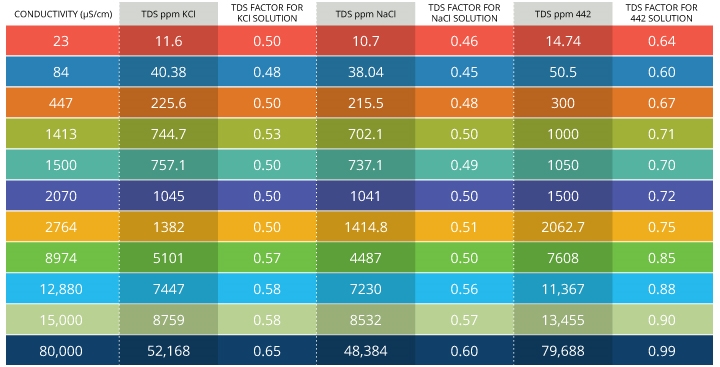You a are farmer. You have potato fields that need watering due to the lack of rain and the hot weather. You tow your water sprayer trailer out to the potato field and connect up the pipes. The water can be mains or deep bore hole sourced. The spray is very high pressure and reaches a great height. In fact it reached the 11kV overhead cables that run across your field.
Is there any danger?
Here is a static system, but yours is mobile on a tyred trailer. It does though show the height of the sprays.


